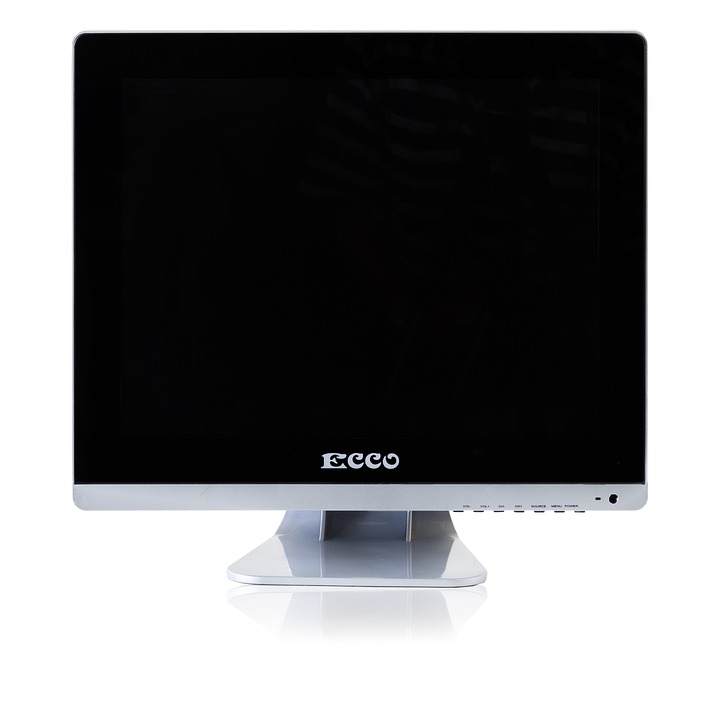What is a TFT LCD Display?
TFT (Thin-Film Transistor) LCD (Liquid Crystal Display) is a type of display technology used in a wide range of electronic devices, including smartphones, tablets, laptops, and televisions. In this article, we will explore what a TFT LCD display is, its advantages, and its limitations, as well as discussing the differences between different types of TFT LCD displays and concluding on whether TFT LCD is better than other display technologies.
How it Works
A TFT LCD display consists of a layer of liquid crystals, a backlight, and a panel of electrodes. The liquid crystals are sandwiched between two glass plates, with the electrodes on one side and the backlight on the other. When an electric current is passed through the electrodes, the liquid crystals align to block or allow light to pass through, creating images on the screen.
Advantages
TFT LCD displays have several advantages, including:
- Thin and lightweight: TFT LCD displays are relatively thin and lightweight, making them easy to integrate into wearable devices, such as smartwatches and fitness trackers.
- Power efficiency: TFT LCD displays are more power-efficient than other display technologies, such as OLED (Organic Light-Emitting Diode) displays, which requires less power to operate.
- Cost-effective: TFT LCD displays are generally less expensive to produce than OLED displays, making them a more affordable option for consumers.
Limitations
TFT LCD displays also have some limitations, including:
- Lower contrast ratio: TFT LCD displays typically have a lower contrast ratio than OLED displays, which can result in a less vibrant and less realistic visual experience.
- Limited viewing angle: TFT LCD displays can suffer from limited viewing angles, meaning that the image may appear distorted or dim when viewed from the side.
- Slow response time: TFT LCD displays can experience a slower response time, which can result in image blurring or ghosting, particularly in fast-paced content such as video games or action movies.
Types of TFT LCD Displays
There are several types of TFT LCD displays, including:
- STN (Super Twisted Nematic) LCDs: The most common type of TFT LCD, STN LCDs offer good resistivity to scratches and are suitable for general use.
- TFT (Thin-Film Transistor) LCDs: Offers improved contrast and viewing angles compared to STN LCDs, making them suitable for video applications.
- IPS (In-Plane Switching) LCDs: Provides a wider viewing angle and better color accuracy, making them suitable for professional applications such as graphic design and photography.
Comparison to Other Display Technologies
TFT LCD displays compete with other display technologies, including OLED and AMOLED (Active Matrix Organic Light-Emitting Diode) displays. While OLED displays offer better contrast ratios and viewing angles, they are generally more expensive and power-hungry. AMOLED displays, on the other hand, offer improved power efficiency and contrast ratios, but are more prone to burn-in and cause eye strain.
Conclusion
TFT LCD displays offer many advantages, including thin and lightweight design, power efficiency, and cost-effectiveness. However, they also have limitations, including lower contrast ratio, limited viewing angles, and slow response time. While there are other display technologies available, such as OLED and AMOLED, TFT LCD displays remain a popular choice for many applications.
FAQs
Q: What is the difference between a TFT display and an OLED display?
A: The main difference is the way the display emits light. TFT displays use a backlight and liquid crystals to block or allow light to pass through, while OLED displays use an organic compound to emit light.
Q: Which type of TFT LCD display is best for gaming?
A: A good choice for gaming is the IPS (In-Plane Switching) TFT LCD display, which offers a wider viewing angle and better color accuracy.
Q: Is a TFT display the best choice for video editing and graphic design?
A: Yes, IPS (In-Plane Switching) TFT LCD displays are a popular choice for video editing and graphic design due to their excellent color accuracy and wide viewing angles.
Q: Are TFT LCD displays suitable for outdoor use?
A: Yes, many TFT LCD displays are designed to be used outdoors, making them a good choice for devices such as smartwatches and fitness trackers.
Q: How do I clean a TFT LCD display?
A: It is best to clean a TFT LCD display with a soft cloth and water, avoiding harsh chemicals or abrasive materials that can damage the screen.


Leave a Reply